Targets to reach net zero in Scotland will only be achieved with significant help from the Highlands and Islands.
A conference will hear today the region has a leading role to play in both generating green energy and reducing harmful emissions.
It has a ‘disproportionate share’ of renewables capacity and huge opportunities to help cut greenhouse gases (GHGs) in many areas.
Thousands of jobs in pipeline
Forestry and peatland are key targets to make improvements, along with industry and homes.
It presents a challenge but also a major opportunity with the potential to create many thousands of jobs.
A study, commissioned by Highlands and Islands Enterprise (HIE), aims to establish a greenhouse gas (GHG) inventory for the region.
It will provide a baseline on which progress against climate change targets can be measured.
The study was undertaken by ekosgen, in partnership with Practically Green and Reference Economics.
Keith Masson, HIE’s head of net zero transition, will present findings to the tourism and renewables conference in Inverness on Friday May 24.
He hopes it will help stimulate and coordinate action among the public and private sectors to form a pan-Highland approach.
“The national ambition to decarbonise to meet net zero targets will only be achieved with a significant contribution from the Highlands and Islands.
“This will be largely through deployment of renewables and the sequestration potential to store carbon.
“But it will only happen if individual bodies work together.”
Potential for four-fold increase in renewables
Scotland aims to reduce greenhouse gases to net zero by 2045.
In 2019, the Highlands and Islands’ carbon emissions were estimated at 6,236 kilotonnes of carbon dioxide equivalent (ktCO2e) – 15% of the Scottish total.
The report highlights the region’s current installed green energy capacity is 6,500MW, more than half (52%) of Scotland’s total.
If all projects currently in the pipeline go ahead, that capacity has the potential to increase four-fold.
The largest share of renewable energy generation is currently from onshore wind.
However, offshore wind generation developments are set to exceed this considerably.
Growth is also expected across all technologies, including onshore wind, hydrogen and pumped storage hydro.
In addition, battery storage and tidal stream are expected to rise, although from relatively low capacity currently.
At the same time, the region has a potentially disproportionate share of carbon sequestration opportunities.
Forestry and peatland have massive roles to play
The top five sources of emissions in the region are agriculture, land use, land-use change, and forestry (LULUCF), transport, domestic and industry.
Together, agriculture and LULUCF account for just under half (48%) of the region’s emissions – compared to a quarter nationally.
Mr Masson said sectors like farming need support to decarbonise to meet targets and consumer demand while still being productive.
Forestry and peatland could play a massive role in sequestering carbon.
Around half of Scotland’s woodland and forestry is in the Highlands and Islands.
In addition, the region has 71% of land in Scotland able to support rough grazing, some of which could be used for forestry.
Also, nearly six million acres of land in the Highlands and Islands is covered by peat, although a high proportion is degraded.
The Scottish Government has a target to restore more than 600,000 acres of peatlands by 2030.
Other areas critical to driving down emissions include sustainable transport and energy efficiency in houses.
Tackling transport emissions
Some 70% of transport emissions in the region come from roads, with 22% from ferries, 7% from aviation and 1% rail.
Efforts to cut emissions include increasing the number of electric vehicles and charging points and supporting rail electrification.
Action is also ongoing to decarbonise flights in Scotland by 2040 and use more sustainable fuels on ferries.
Homeowners, landlords and businesses are being urged to adopt energy efficiency measures and use more green energy for heating and insulation.
Skills development to support carbon-cutting measures is also vital.
Mr Masson says the Highlands and Islands could create a “prospectus of opportunity” for people to find jobs that align with social values and the area’s natural resources.
He said there is also an opportunity to align a greener Highlands and Islands with the tourism industry.
“The sector is at the sharp end of the transition as an increasing number of visitors are looking for operators and accommodation providers to be credible in their approach to net zero.
“It is a critical time for the tourism sector to embrace this.”
Critical that region’s contribution is recognised
Mr Masson will tell the conference it is critically important the Highlands and Islands’ actions are acknowledged nationally, along with the “opportunity cost” to Scotland if its potential is not realised.
The conference is being organised by Highland Tourism CIC and Highland Renewables.
It being held in partnership with DC Thomson, with The Press and Journal and Energy Voice as media and community partners.
It was recently announced Haventus, owner of Ardersier Port and part of Inverness and Cromarty Firth Green Freeport, is a premier sponsor of Highland Renewables.
The company secured a further £100 million investment towards its redevelopment into Scotland’s largest dedicated offshore wind deployment port facility.
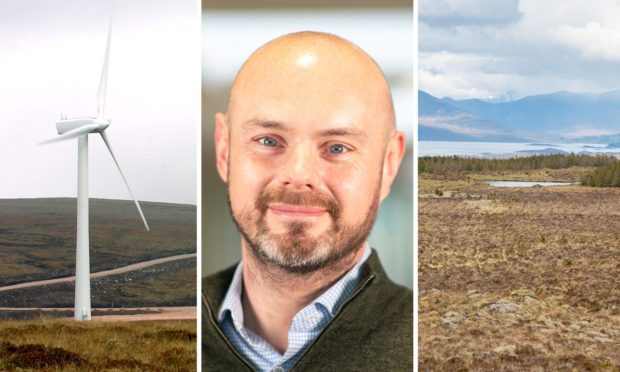
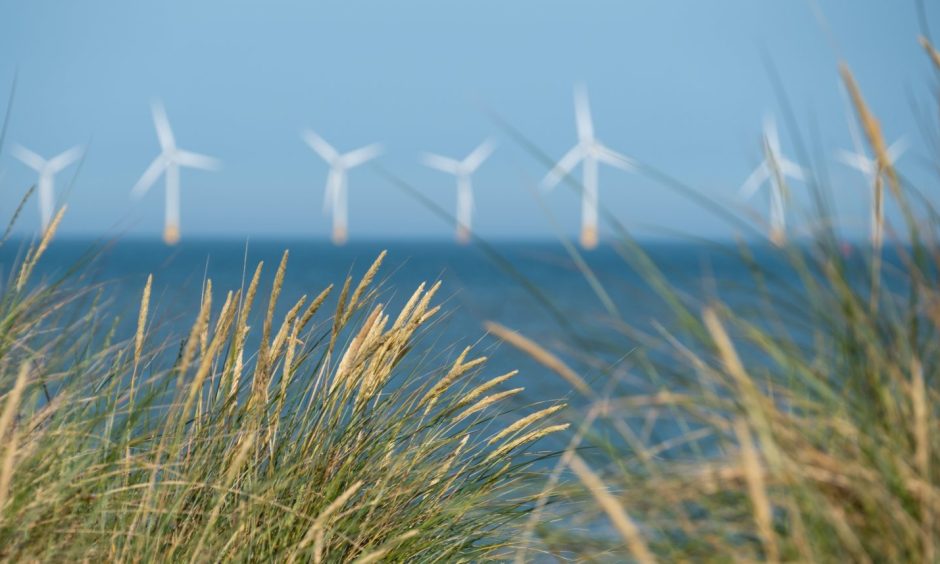
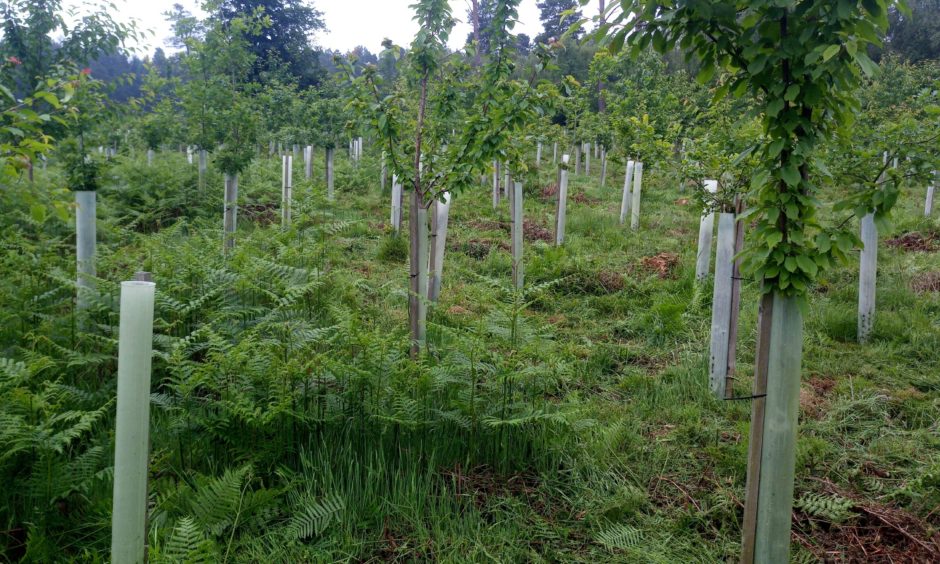
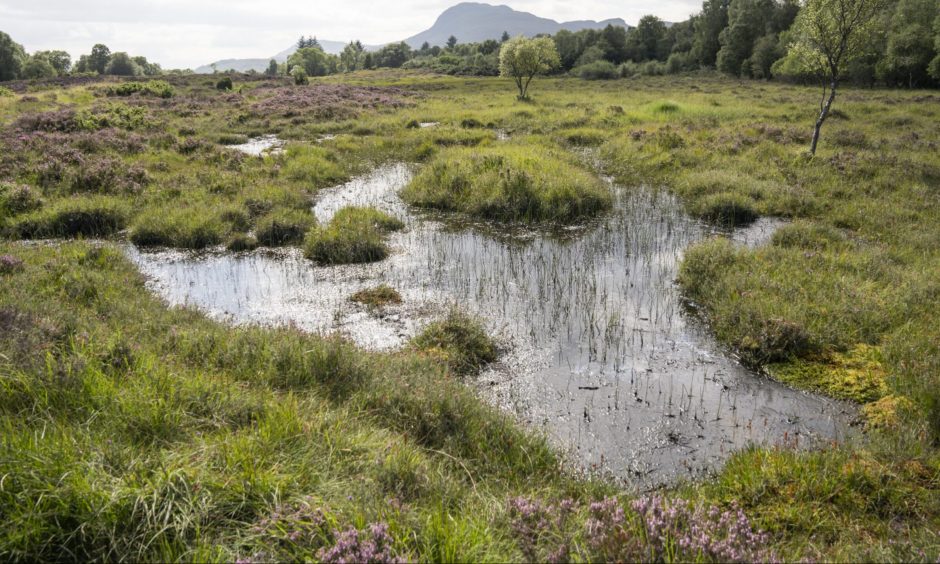
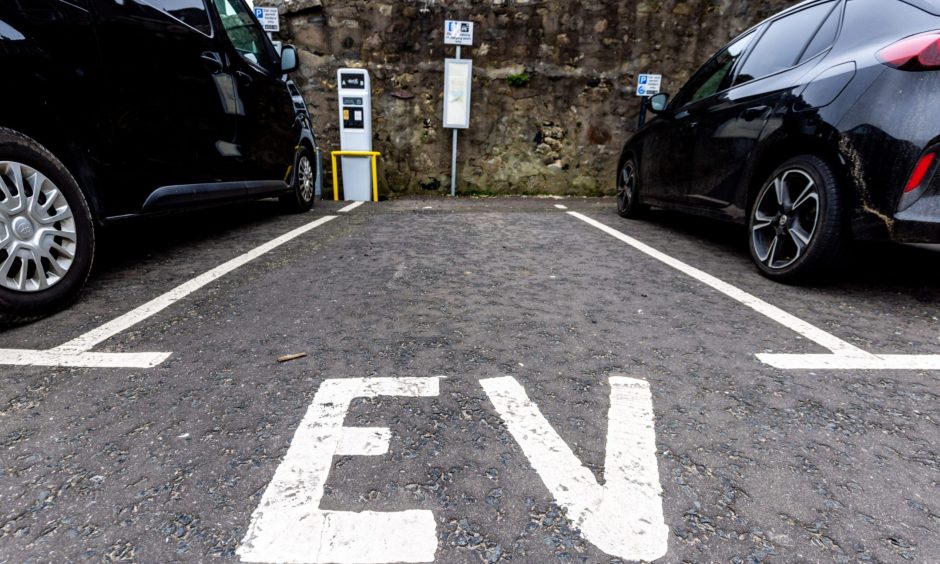
Conversation